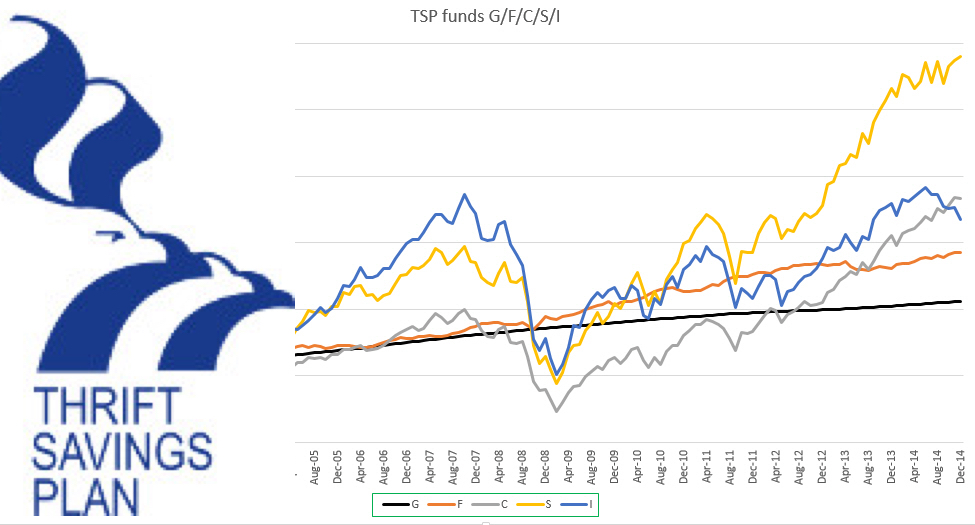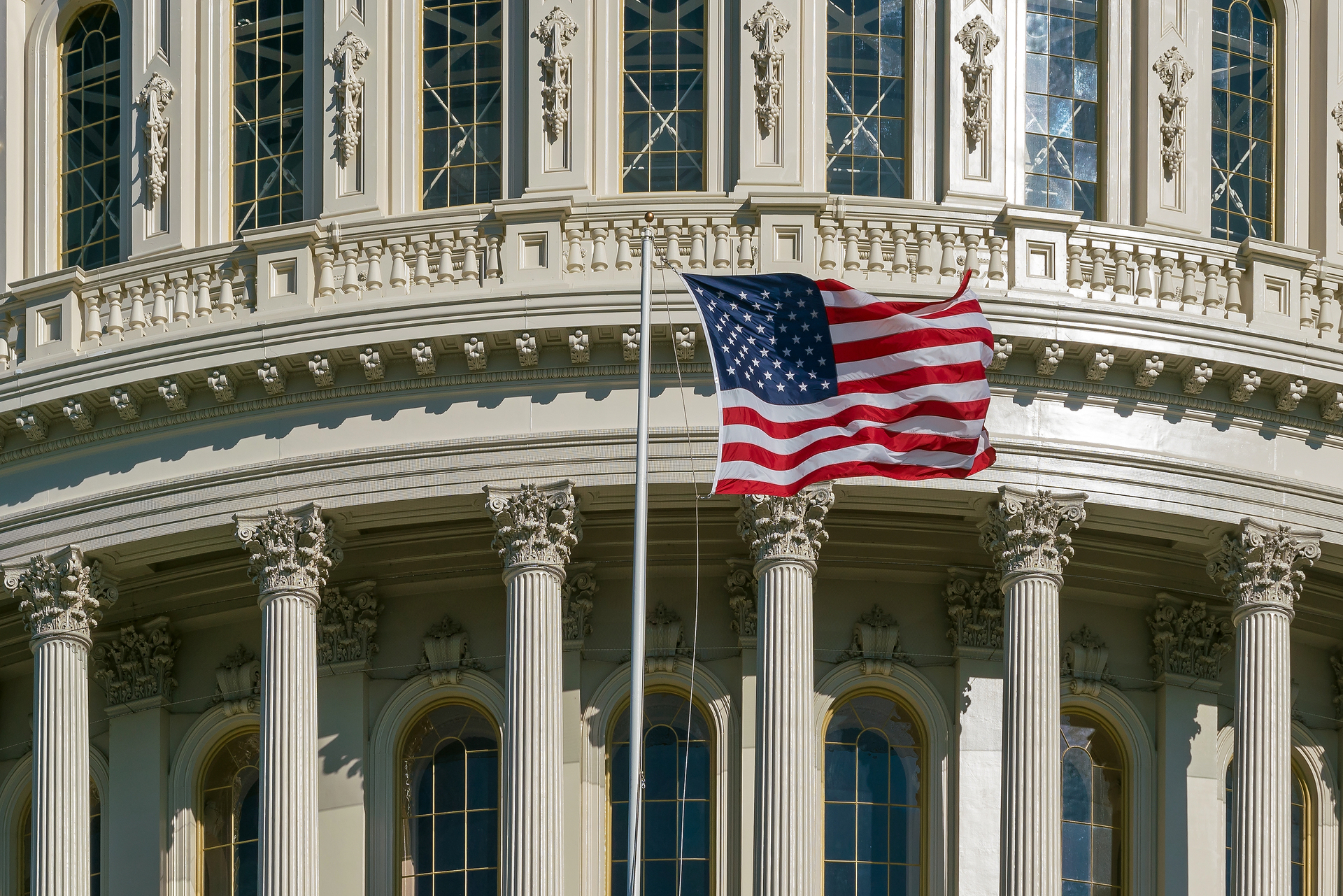Will COVID-19 Impact Options for TSP Investors? By: Brad Furges

In recent months, the federal government has introduced many changes in its Thrift Savings Plan (TSP). Most of the newly introduced modifications have nothing to do with the novel COVID-19 coronavirus pandemic, but some unexpected events can inevitably impact the investors. In this case, it is advised to expand the I fund and include more companies, and lay emphasis on emerging markets like China.
The CARES Act that came into effect to fight the pandemic may also impact the TSP investors who want to withdraw money from their TSP account but do not want to pay any penalty.
What changes can change the impact and inclusions of the I fund?
One change is increasing the investment in international stocks, or we call them I funds in the TSP’s lifecycle funds. The amount in the lifecycle funds for foreign funds was increased from 30% to 35%. (This percentage increase is in terms of the I fund ratio to the C+ S + me ratio.) This new change came into effect on January 4, 2019.
With this, a higher allocation of equity funds in the lifecycle income fund was also increased from the previous 20% to 30%. The change came into effect in January 2019 and will stay until July 2028. According to January 2020 reports, the L income fund has a target of equity allocation of 21.50%.
Changing contents of the I fund
The government is planning to change the I fund (International Stock Fund). The I fund’s current plan is to measure the stock market performance of developed markets working outside the U.S. and Canada.
As of now, the I fund has stocks from 21 developed markets representing more than 600 companies from large and mid-sized markets.
Things creating controversy over the I Fund Index
A group of senators is requesting the chairman of the Federal Retirement Thrift Investment Board (FRTIB), an agency responsible for the smooth working of the Thrift Savings Plan, to take back its decision to transfer the index tracked by the TSP’s I fund.
According to the new law, the new index will be completely different and represent more than 6,000 companies in the index containing 22 developed markets and 26 emerging markets. It will include large, medium, and small companies.
Many people who read the new changes commented that the I fund should include emerging markets or separate funds for the emerging market. The new changes will consider these things.
$50 billion in federal employee retirement assets are easily accessible to Chinese companies
This provision to change the I fund index has seen many controversies. Senators Marco Rubio (R-FL) and Jeanne Shaheen (D-NH) commented and said that changing the I fund to set a new benchmark index would expose more than $50 billion in federal retirement assets, including federal employees. Members of the U.S. Armed Forces would give birth to undisclosed material risks associated with many of the Chinese companies already listed on this MSCI index.
This controversy was the result of the ongoing market crisis due to the coronavirus pandemic and China’s pivotal role in the spread of this virus. Nobody knows the impact of this new change and the controversy on the world and the TSP investors.
When can we expect to see the changed new I fund index?
Several people reading the news have asked multiple times when they can see the new I fund index coming into effect. To answer this question of the new index’s date, Kim Weaver, the director of the Office of External Affairs for the Federal Retirement Thrift Investment Board (FRTIB), said that the board is working on this and will announce the date soon.
It seems that the board is still working on the new index and has not come up with any specific date for implementation.
The new provision allows withdrawing from retirement accounts without paying any penalty.
The latest provision in the CARES Act will enable participants of any age to withdraw up to $100,000 from a retirement account early without paying the 10% early withdrawal penalty in case he or she is impacted by the coronavirus or was exposed to it.
That means TSP investors can withdraw up to $100,000 from their account without paying any penalty.
Is this is allowed? What is the process of taking this step? No specific information on this question has been received so far. FedSmith asked the TSP what this rule means for the TSP investors. Ms. Weaver replied and said under the CARES Act, participants have this authority, and they have a project team to determine whether and how to implement the process.
Though this provision looks attractive, withdrawing up to $100,000 from the TSP without paying a 10% penalty may be difficult for TSP investors to pay the amount. It seems that this option will be open for TSP investors, but we don’t know if this will be available to TSP investors, and when it will happen.
The coronavirus is expected to impact our society in ways that we never expected a short time ago. Many TSP investors seeing the rapid drop in the stock market are riding on an emotional ride while they are watching their investment dropping. The number of millionaires in the TSP club has dropped by more than 45% in a short while.
While the percentage of the lifecycle’s I funds has increased, we have no idea of the date when the new I fund will come into effect. The CARES Act to fight the COVID-19 crisis is expected to open up new withdrawal options for some TSP investors. It might be too early to guess how this situation will help TSP investors. More surprises are expected to come before the pandemic ends.






